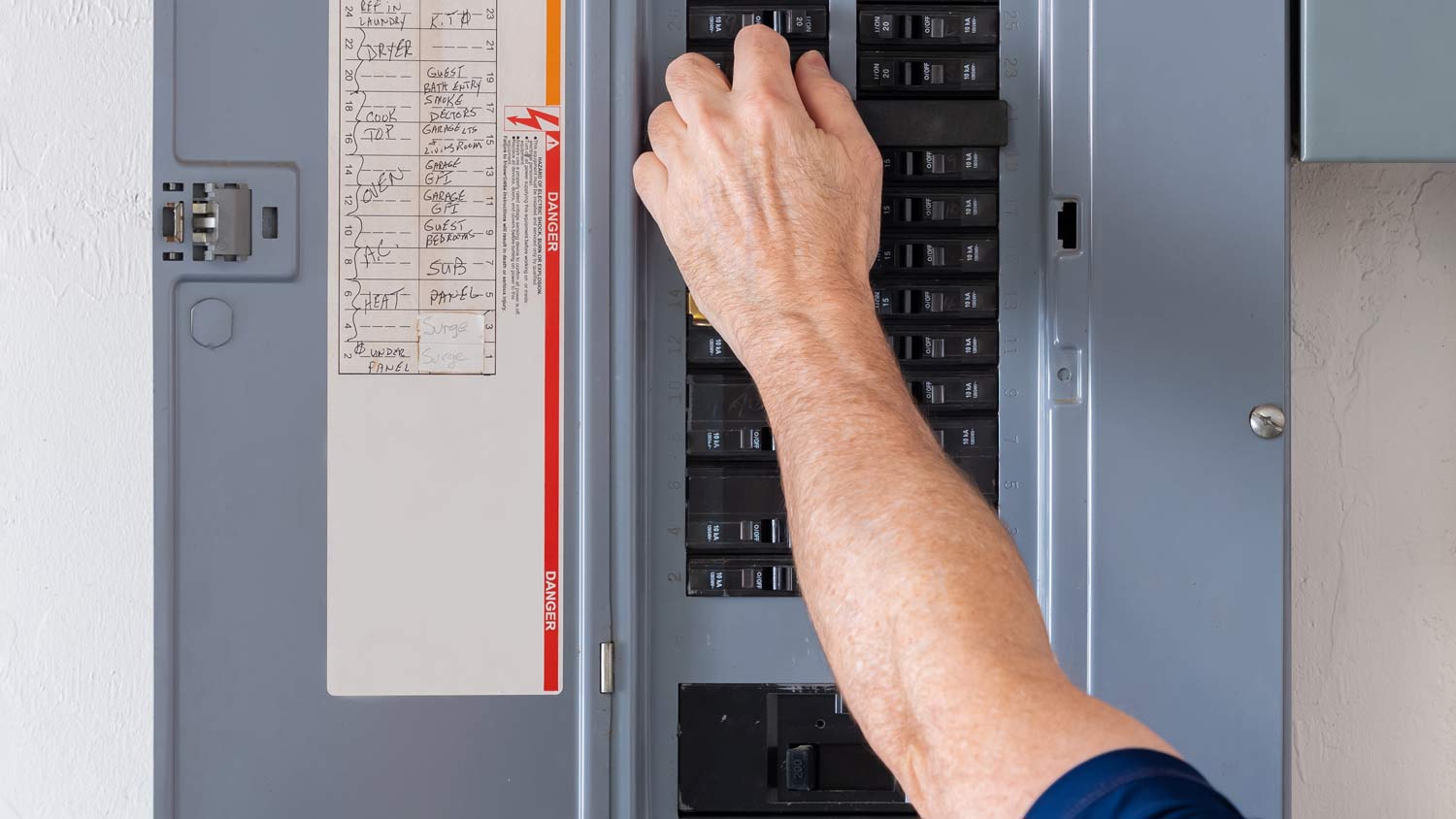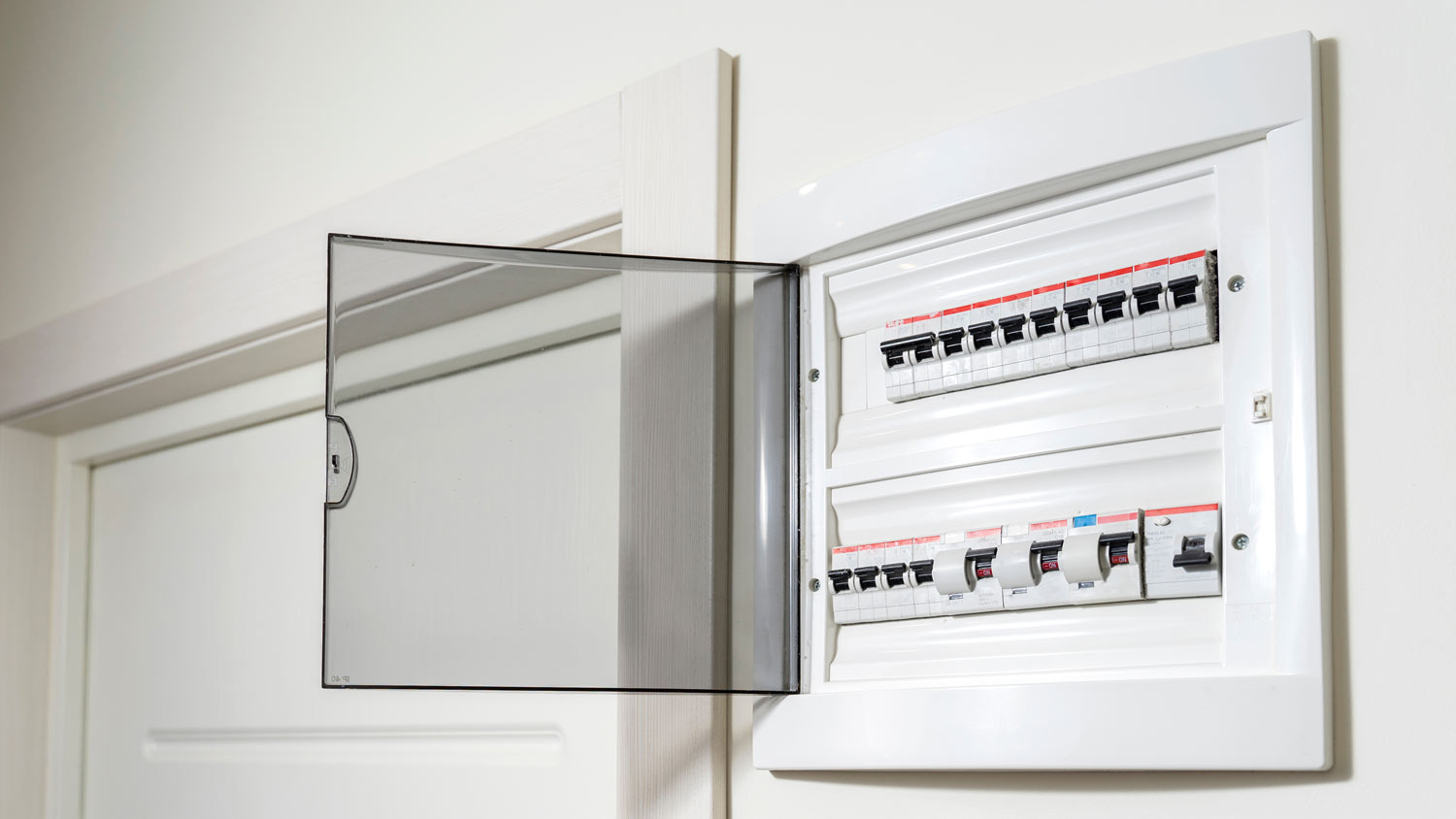
The cost to install a C-wire ranges based on materials and labor, but it only takes an hour or two. Here’s a guide on the project costs to expect.
More amps, fewer problems


An electrical panel is a metal box that controls the flow of electricity to different rooms and appliances in your home.
Upgrading your electrical panel can increase its capacity, improve safety, add home value, and improve efficiency and performance.
Signs you need to upgrade your electrical panel include age, frequent power surges, visible wear and tear on the panel, and burning smells near the metal box.
Think of your electrical panel as the heart of the home, maintaining the flow of electricity so you can live efficiently and comfortably. Replacing your home’s electrical panel can boost safety and efficiency, and prepare your home for the latest and greatest appliances and other energy-heavy devices. Let’s review the key benefits to upgrading your electrical panel and why it’s a smart investment.

Commonly referred to as a breaker panel or distribution board, your home electrical panel is the hub that distributes power to different circuits. It’s a metal box with a series of circuit breakers or fuses that controls the flow of electricity to lights, outlets, and appliances.
Check out the advantages of upgrading the size and output of your electrical panel.
One of the major benefits of upgrading your electrical panel is the ability to better meet the demands of new appliances or systems. This is especially true if your home has been recently renovated and you’ve put modern high-power appliances or an HVAC unit that requires more power.
Older electrical panels don’t come equipped with the safety features of today’s models. Upgrading your electrical panel can reduce the risk of short circuits, electrical overloads, and electrical fires so your belongings and your loved ones stay safe.
Whether you’re updating an older home in preparation to sell it or investing in your current home, updating your electrical panel can add some serious home value to potential buyers who likely won’t want to invest in that kind of change after enduring the costs of moving and purchasing a home. An electrical panel has a return-on-investment (ROI) of about 53 percent.
You can reduce energy waste and your monthly electrical bill by investing in an electrical panel that optimizes your home’s electrical flow. Newer panels often come with technology, such as advanced circuit breakers, that can improve the efficiency of your home’s power distribution.
Say sayonara to flickering lights or inconsistent voltage—a new electrical panel means even your most sensitive electronics will receive consistent power so you don’t have to flip a breaker halfway through heating up a meal in your air fryer.

Your electrical panel and the electrical function of your home will show these telltale signs that suggest replacement is in your near future:
Your panel is over 25 to 30 years old and no longer meets electrical standards.
Burning smells or discoloration around the panel are present.
Your breakers are constantly tripping.
Visible rust or water damage is seen on or near the panel.
You notice flickering lights or inconsistent voltage on a regular basis.
Power surges, short circuits, or sparking outlets are common.
You can also reach out to your local electrician to perform an inspection and see if an upgrade makes the most sense for your home.
From average costs to expert advice, get all the answers you need to get your job done.

The cost to install a C-wire ranges based on materials and labor, but it only takes an hour or two. Here’s a guide on the project costs to expect.

Before you hire a licensed electrical contractor, you should learn the cost to run electric from the road to your house so you can budget for the project.

Wondering about the cost to ground a house? Pricing depends on the material of the rod and how much the electrician charges per hour.

If you’ve been wondering “why is my power bill so high,” consider these common reasons for hefty electric bills.

The white wire in an outlet is known as the neutral, but what does the neutral wire do? Here’s the important role it plays in your home’s electrical system.

If your home contains original aluminum wiring, you may want to take action to avoid danger. Learn why aluminum wires are hazardous and how you can address these issues safely.